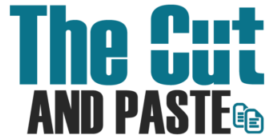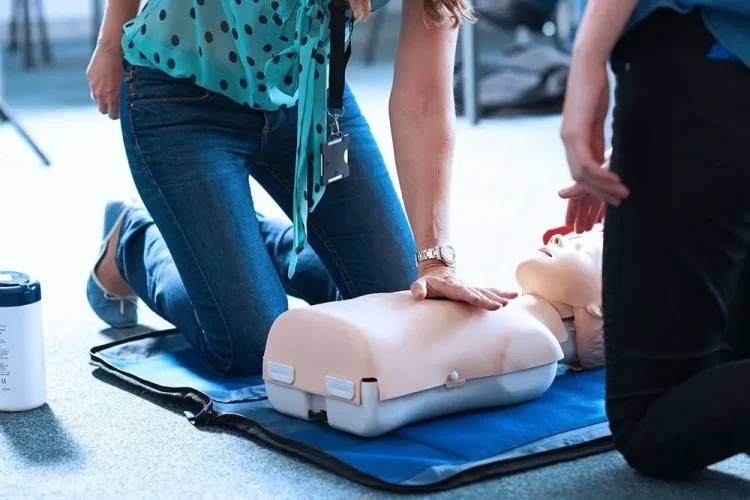Ensuring the safety of employees is a top priority for any business. One of the most effective ways to achieve this is by providing comprehensive first aid training tailored to the specific needs of your workplace. However, with various courses available, it can be challenging to determine which program is the best fit for your team.
Choosing the right training, such as the Premiers Soins cours de premiers soins entreprise, ensures that your employees are prepared to respond effectively in emergencies, reducing risks and potentially saving lives. This guide will help you identify the key factors to consider when selecting the ideal first aid course for your business.
1. Assess Your Workplace Risks
Before selecting a course, it’s essential to conduct a risk assessment to identify potential hazards in your workplace. Consider:
- Nature of the work: Are employees exposed to heavy machinery, chemicals, or hazardous environments?
- Workplace environment: Office settings have different risks compared to construction sites or manufacturing plants.
- History of incidents: Review past workplace accidents to identify common emergencies.
Understanding these factors will help determine the level of training required for your team.
2. Determine the Type of First Aid Course Needed
A. Basic First Aid and CPR Courses
Ideal for low-risk environments like offices, retail stores, and small businesses. Covers:
- CPR techniques for adults and children
- Basic wound care, burns, and fractures
- Managing choking and sudden illnesses
B. Advanced First Aid Courses
Necessary for high-risk industries such as construction, manufacturing, and healthcare. Includes:
- Advanced airway management
- Handling chemical exposure and severe trauma
- Emergency response planning for large-scale incidents
C. Specialized Courses for Specific Needs
Some businesses may require specialized training, such as:
- Mental health first aid
- Pediatric first aid (for childcare providers)
- Wilderness first aid (for outdoor or remote work environments)
Choosing a course that aligns with your business’s specific risks ensures that your employees receive the most relevant and practical training.
3. Compliance with Legal and Industry Requirements
Many industries are subject to regulatory requirements for workplace safety. When selecting a course, ensure it:
- Meets occupational health and safety (OHS) regulations
- Complies with industry-specific standards (e.g., construction, healthcare)
- Provides recognized certifications from accredited organizations
4. Consider the Course Format
First aid training can be delivered in different formats, depending on your business’s needs:
- In-Person Training: Offers hands-on practice with CPR mannequins, AEDs, and real-life simulations. Ideal for skills that require physical demonstrations.
- Blended Learning: Combines online theoretical modules with in-person practical sessions, providing flexibility for busy employees.
- On-Site Training: Instructors come directly to your workplace, allowing for customized training based on your environment and potential hazards.
Selecting the right format ensures maximum participation and retention of knowledge.
5. Evaluate the Trainer’s Credentials and Experience
When choosing a first aid course, consider the qualifications and experience of the instructors:
- Are they certified by recognized organizations like the Red Cross or equivalent?
- Do they have real-world emergency response experience (e.g., paramedics, EMTs)?
- Can they adapt the training to address specific workplace risks?
Experienced trainers provide not just textbook knowledge but also practical insights that can be invaluable during real emergencies.
6. Group Size and Training Duration
A. Group Size
Smaller groups allow for more individual attention and hands-on practice, while larger groups may be more cost-effective. Determine what works best based on your team size and budget.
B. Training Duration
- Basic courses: Typically 4–8 hours
- Comprehensive courses: May last 16 hours or more, often spread over multiple days
Ensure the course duration aligns with both the complexity of the content and your business schedule.
7. Renewal and Refresher Training
First aid certifications often require renewal every 2–3 years. Choose a provider that offers:
- Refresher courses to keep skills sharp
- Easy recertification options to maintain compliance
- Regular updates on new first aid guidelines and protocols
Ongoing training ensures that employees stay confident and prepared over time.
8. Cost Considerations
While cost is an important factor, it shouldn’t be the only consideration. Evaluate:
- What’s included (e.g., certification fees, training materials)
- The value of customized training for your specific industry
- Potential long-term savings through reduced workplace injuries and accidents
Investing in quality first aid training can lead to fewer incidents, lower insurance costs, and improved employee well-being.
9. Customization for Your Business Needs
Every workplace is unique. Look for courses that offer customization options, such as:
- Tailored modules based on your specific hazards
- Emergency response drills relevant to your workplace layout
- Flexible schedules to accommodate shift workers or remote teams
Customized training ensures that employees learn practical skills directly applicable to their daily work environment.
Conclusion
Choosing the right first aid course for your business is an essential part of creating a safe and compliant workplace. By considering your specific risks, legal requirements, and training goals, you can select a program that not only meets regulatory standards but also empowers your team to respond effectively in emergencies.

